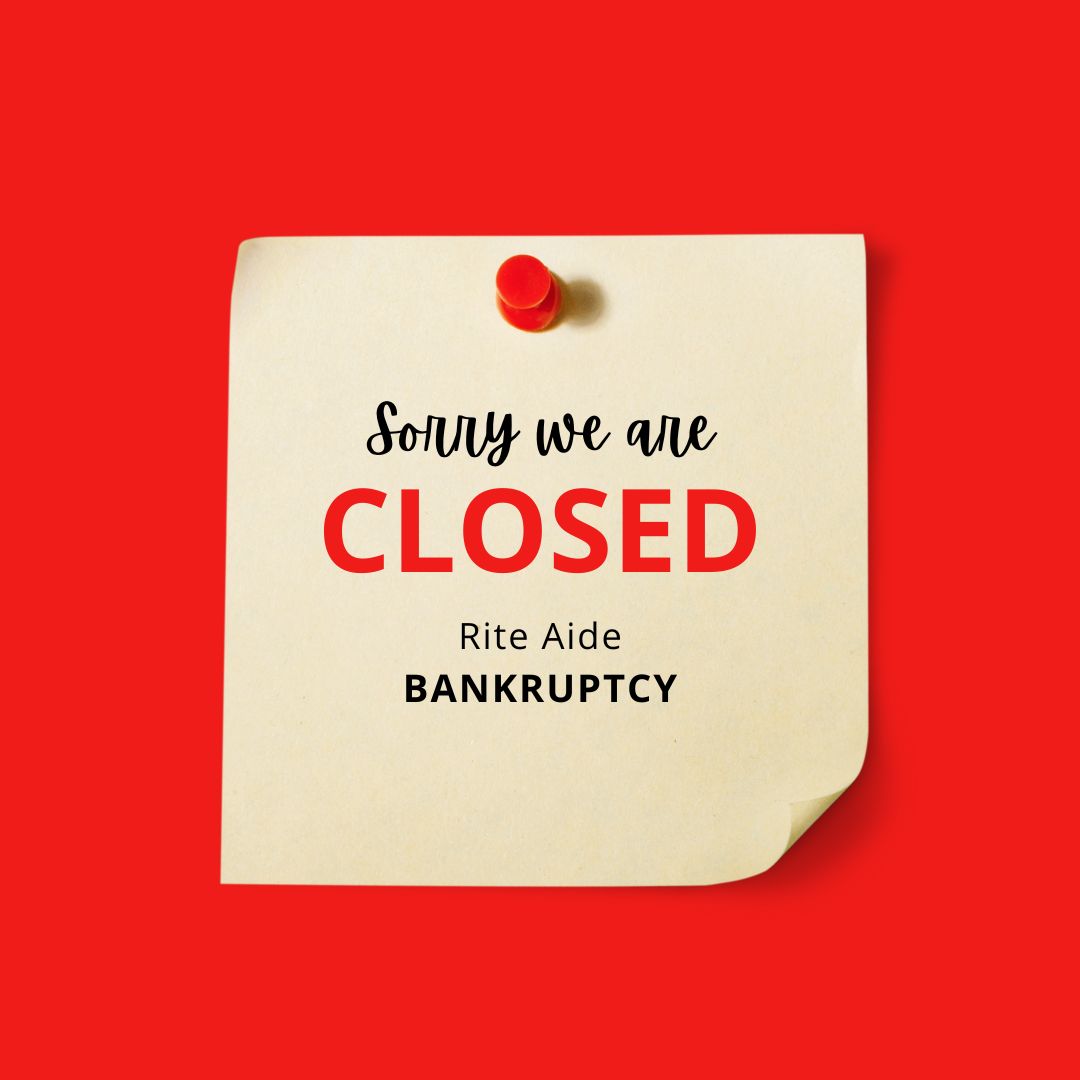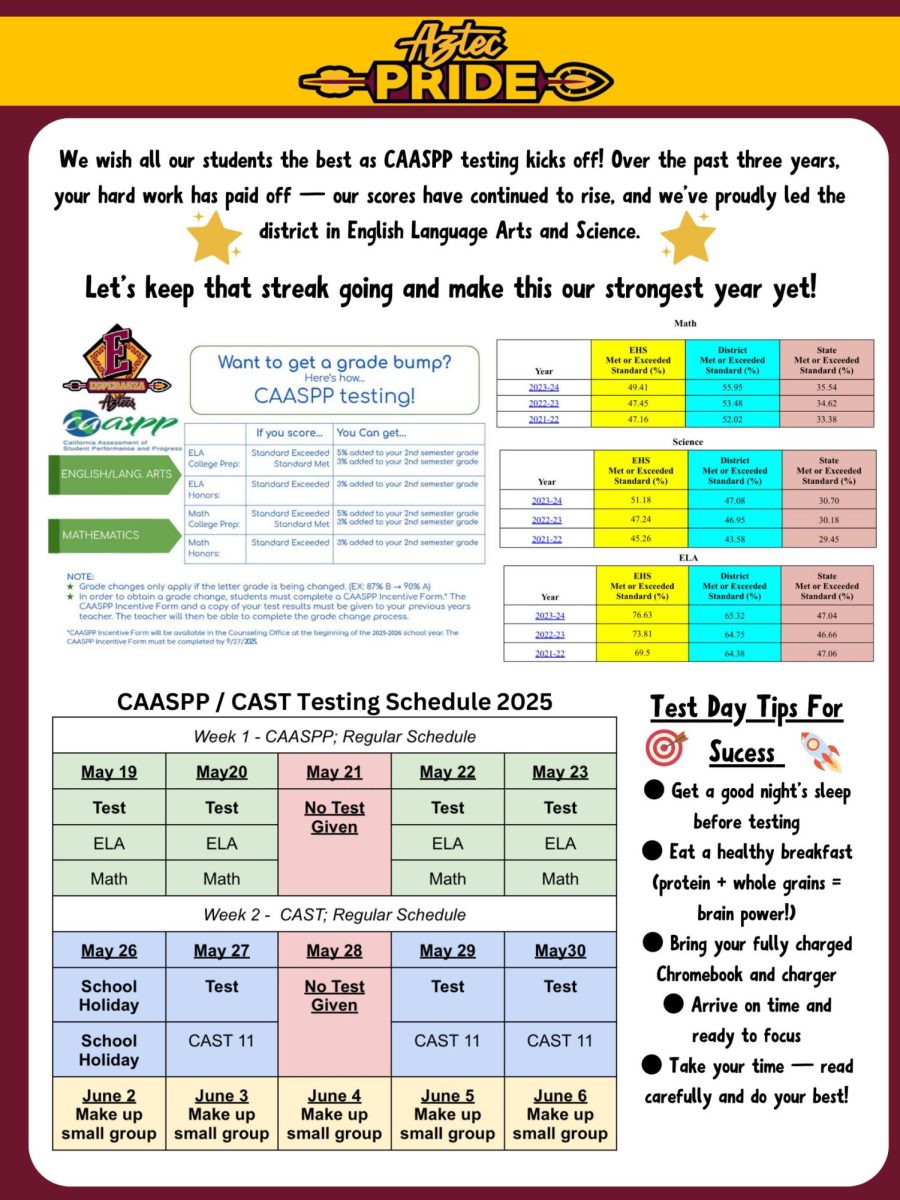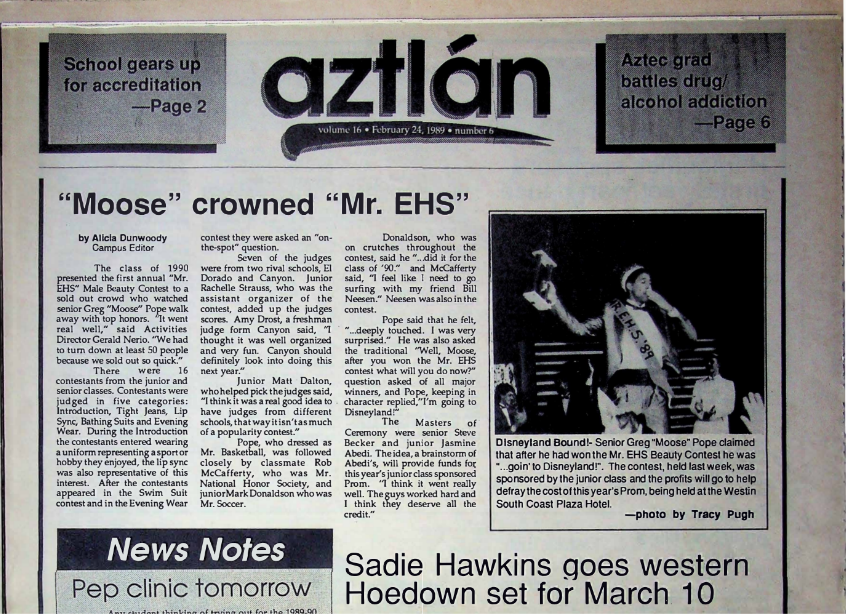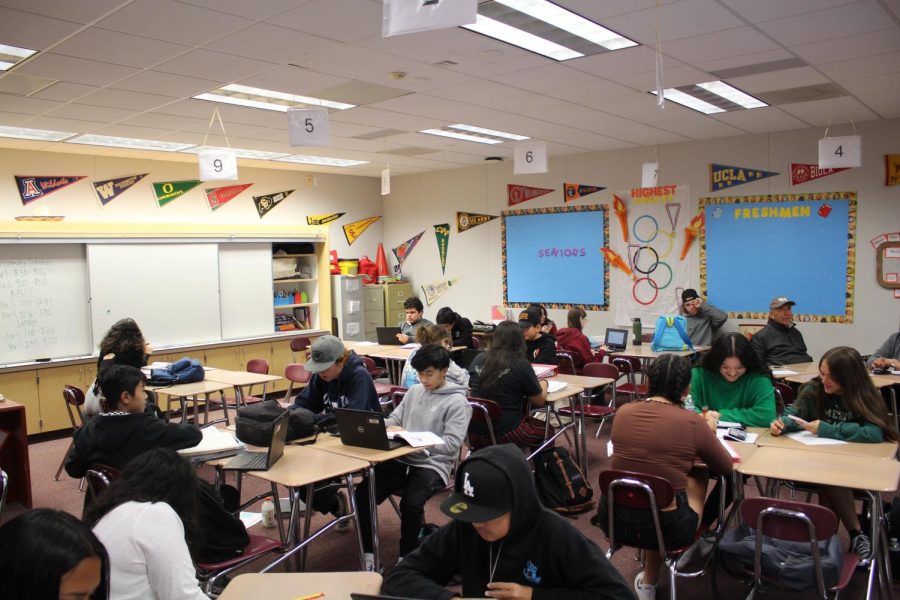There’s no denying that digital learning is a valuable asset – and online education certainly has its merits. But, when the world returns to normal, will it still come out on top? Or can nothing beat meeting face-to-face and learning in a classroom? Here are arguments from both perspectives
Online education provides flexibility in terms of schedule. Students can access lectures and assignments at their own pace, allowing them to balance education with other commitments. Online courses break it down, making education accessible to a wider audience. Students can enroll in courses offered by the online course from anywhere in the world. Online platforms often offer personalized learning experiences. Students can go through materials at their speed, revisit lectures, and break down the learning to suit their individual needs. Online education can be more cost-effective as it eliminates the need for commuting, accommodation, and physical resources. This can make education more affordable for a broader range of students. Online learning requires students to use various digital tools and platforms, helping them develop valuable technological skills that are becoming increasingly important in the modern workforce.
In-person schooling provides a social environment where students can interact with peers and build important social skills. It allows for face-to-face communication and collaboration. Traditional classrooms offer a better learning environment. This structure can be beneficial for students who thrive on routine and benefit from the direct guidance of teachers. In-person classes allow for immediate feedback from teachers. Students can ask questions and seek clarification on the spot, making a more interactive and











































